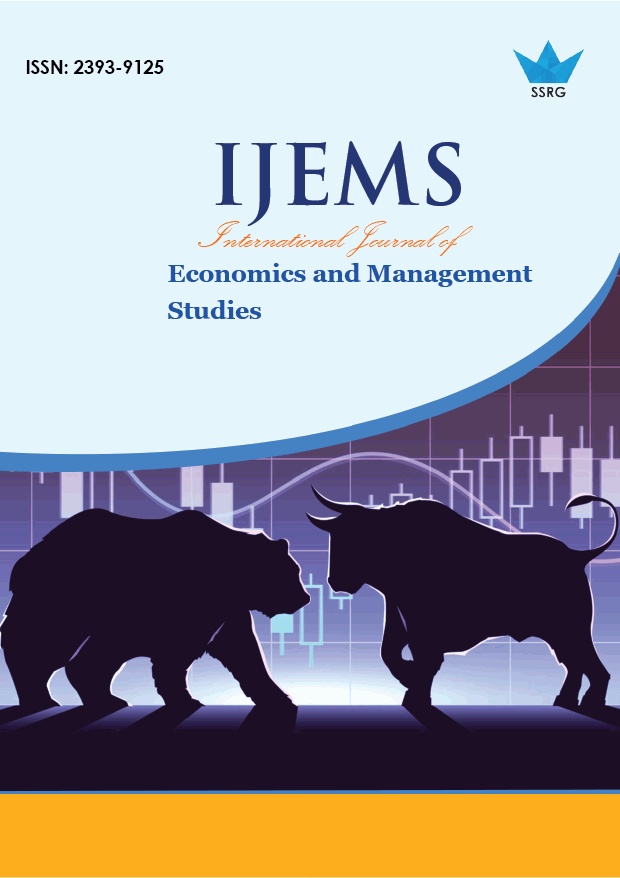Implications of Climatic Change on Farmer’s Living Conditions-A Theoritical Framework

| International Journal of Economics and Management Studies |
| © 2017 by SSRG - IJEMS Journal |
| Volume 4 Issue 7 |
| Year of Publication : 2017 |
| Authors : Dr. Veeraiah Bollikonda |
How to Cite?
Dr. Veeraiah Bollikonda, "Implications of Climatic Change on Farmer’s Living Conditions-A Theoritical Framework," SSRG International Journal of Economics and Management Studies, vol. 4, no. 7, pp. 11-14, 2017. Crossref, https://doi.org/10.14445/23939125/IJEMS-V4I7P103
Abstract:
Indian economy is witnessing the wrath of the situation and there are subtle changes in monsoons. Low rainfall rates, increasing atmospheric temperature, sudden Tsunamis, recurrent drought conditions are significantly changing the entire socio-economic environment. The cost benefit ratios are gradually becoming negative. It is already affecting the agriculture, which depends mostly (70 percent) on monsoons due to increase in temperature and increased variability of rainfall would considerably impact of food production. As per the IPCC report indicate that 10% to 40% loss in crop production in India. Its given the confirm trend of agriculture decline with climate change. Recent studies done at the Indian Agricultural Research Institute indicate the possibility of loss of 4-5 million tons in wheat production in future with every rise of 1oC temperature throughout the growing period especially for kharif seasons.Indian climate is dominated by the south-west monsoon, which brings most of the region’s precipitation. Agricultural productivity is sensitive to two broad class of climate-induced effects i) direct effects from changes in temperature, precipitation or carbon dioxide concentration and ii) indirect effects through changes in soil moisture and the distribution and frequency of infestation by pests and diseases. Rice and wheat yields could decline considerably with climatic changes. Agriculture, climate change and the deterioration of social and economic conditions in some densely populated Indian regions have made hunger worse amongst the poor and pushed people to commit suicide. It's a very small leap of logic from observing that rain failures are usually the factor that tips farmers toward suicide, to observing that less (and less predictable) rain will increase suicide rates. And why is that? Because farmers' lives are already so very precarious. Indebted, living life on the edge, it only takes a small external shock to catalyse despair. Sometimes that shock is a medical expense. Sometimes the cost of a wedding. And now outrageous fortune has one more arrow in her quiver. Present paper focuses on significant changes in the weather conditions during the last four to five years which have adversely affected farming. This article also tries to focus on effects of natural and manmade disaster on Indian agriculture.
Keywords:
This article also tries to focus on effects of natural and manmade disaster on Indian agriculture.
References:
This article also tries to focus on effects of natural and manmade disaster on Indian agriculture.

 10.14445/23939125/IJEMS-V4I7P103
10.14445/23939125/IJEMS-V4I7P103